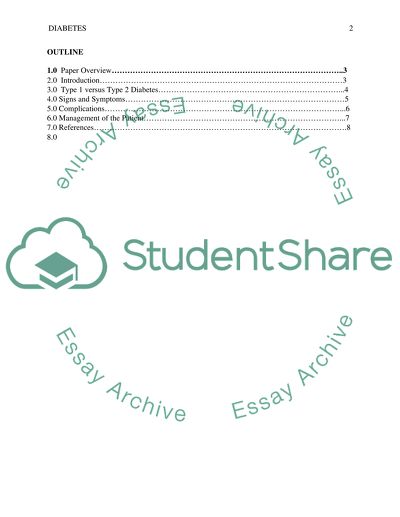Cite this document
(“Case study: Diabetes mellitustype 2 Essay Example | Topics and Well Written Essays - 1750 words”, n.d.)
Retrieved de https://studentshare.org/health-sciences-medicine/1392571-case-study-diabetes-mellitustype-2
Retrieved de https://studentshare.org/health-sciences-medicine/1392571-case-study-diabetes-mellitustype-2
(Case Study: Diabetes Mellitustype 2 Essay Example | Topics and Well Written Essays - 1750 Words)
https://studentshare.org/health-sciences-medicine/1392571-case-study-diabetes-mellitustype-2.
https://studentshare.org/health-sciences-medicine/1392571-case-study-diabetes-mellitustype-2.
“Case Study: Diabetes Mellitustype 2 Essay Example | Topics and Well Written Essays - 1750 Words”, n.d. https://studentshare.org/health-sciences-medicine/1392571-case-study-diabetes-mellitustype-2.


